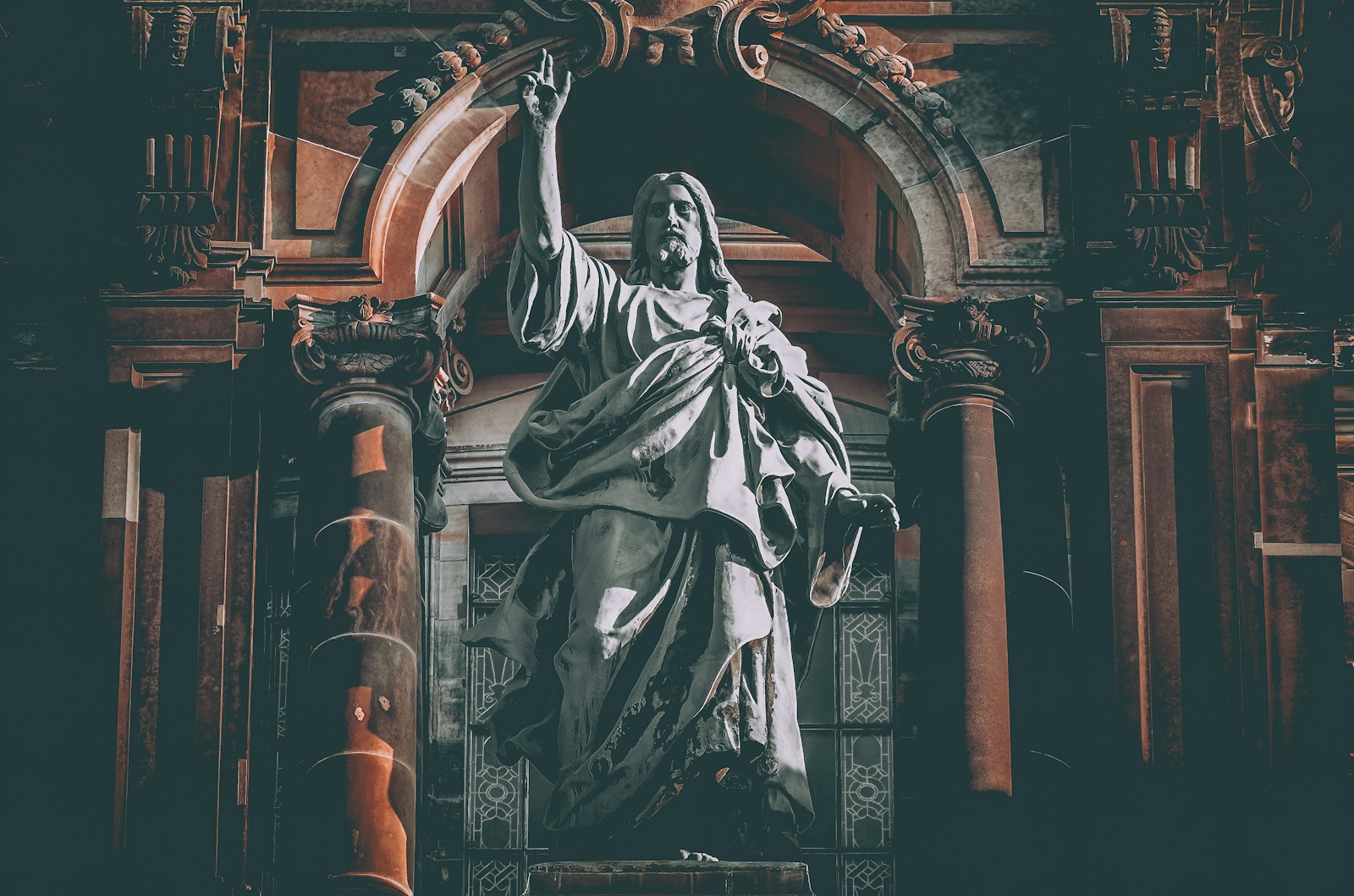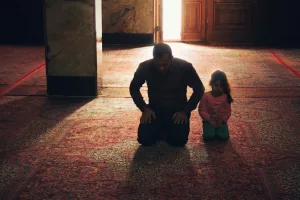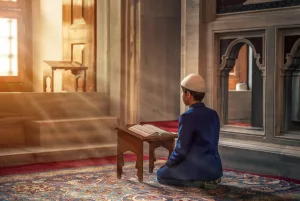Step into the sands of ancient Judea, where myth meets history and faith meets fact. Imagine if we could travel back two thousand years—not to witness miracles, but to simply observe. What did Jesus really look like? Not the fair-skinned, blue-eyed figure immortalized in Renaissance paintings, but the man who walked dusty roads, spoke Aramaic, and lived among first-century Jews under Roman rule.
Though time machines remain science fiction, we can still reconstruct a more historically grounded image of Jesus through a rich tapestry of archaeology, anthropology, and ancient texts. This journey challenges long-held artistic traditions and invites us to reimagine Jesus not as a symbol shaped by Western ideals, but as a real person shaped by his culture, geography, and era.
Let’s peel back the layers of legend and art to uncover the face of Jesus as history might remember him.
Historical Context and Physical Anthropology
Understanding the Region and Its People
Jesus of Nazareth lived in the region of Judea, part of the broader area known as the Levant, during the early first century CE. This region was a melting pot of different cultures, languages, and ethnic groups, primarily inhabited by Judeans, Samaritans, and Romans. The typical Judean man of the time was of Semitic descent, characterized by olive skin, dark hair, and brown eyes—a stark contrast to the fair-haired, blue-eyed depictions found in many Western artworks.
Diving deeper into the cultural tapestry of this era, we find that Judeans, like many of their neighbors, were influenced by trade routes that connected them to Africa, Asia, and Europe. This connectivity fostered an exchange of ideas, religious beliefs, and even physical attributes, making the Levant one of the most culturally diverse areas of the ancient world. Understanding this diversity helps us appreciate the complex identity of the people living during Jesus’ lifetime.
Physical Anthropology Insights
Anthropologists suggest that the average height for men in Judea at the time was around 5’5″ (165 cm), with a lean build. This estimate is based on skeletal remains found in the region. Jesus, being a carpenter by trade, would likely have been physically fit and accustomed to manual labor, contributing to a muscular physique.
One might wonder about the implications of Jesus’ profession on his physical appearance. Carpentry in ancient times was not limited to working with wood; it often involved stonework due to the abundance of stone in the area. As such, Jesus’ hands would likely have been calloused, his muscles well-developed from years of hard labor, and his skin tanned from working outdoors. This physicality is often missing in the softer, less rugged depictions seen in much Western art.
Genetics and Ancestral Traits
While genetics as a field of study did not exist in Jesus’ time, modern science offers insights into ancestral traits that may have been common among Judeans. Genetic studies of modern populations in the region, combined with historical records, suggest a lineage that includes traits common among Mediterranean peoples. These include darker skin tones, curly hair, and robust facial features—elements often depicted inaccurately in Western art.
Archaeological and Textual Evidence
Clothing and Appearance
Archaeology provides insights into the clothing of first-century Judeans. Men typically wore tunics (also known as chitons) with a belt at the waist. Over this, they might wear a mantle or cloak. Sandals were the common footwear. Jesus likely dressed similarly to other men of his time, suggesting a simple and practical wardrobe rather than ornate or distinctive clothing.
The practicality of a carpenter’s attire cannot be overstated. His clothing would have needed to be functional, allowing for ease of movement and durability. Fabrics would have been woven from local materials like wool or linen, dyed with natural colors from plants, and sewn by hand. This simplicity in attire reflects a lifestyle focused on utility rather than fashion.
The Shroud of Turin
The Shroud of Turin, believed by some to be the burial cloth of Jesus, has sparked considerable debate. While its authenticity is disputed, the image on the shroud presents a man with long hair and a beard, which aligns with some early descriptions and artistic representations. However, it is crucial to approach such relics with a critical eye, as scientific dating has cast doubt on its origin.
Engaging with historical textiles, like the shroud, offers a glimpse into the past. Whether genuine or not, such artifacts encourage discussions about the customs and beliefs of early Christians, providing a window into how Jesus was perceived by his followers. The shroud, regardless of its authenticity, represents a powerful symbol of faith and devotion, illustrating the enduring legacy of Jesus’ image.
Scriptural Descriptions
While the Bible does not offer explicit descriptions of Jesus’ physical appearance, certain passages provide indirect clues. For instance, the Book of Isaiah describes the Messiah as having “no beauty or majesty to attract us to him” (Isaiah 53:2), suggesting an ordinary appearance that would not stand out in a crowd. This aligns with the idea of Jesus being a humble figure, focused more on his message than his physical presence.
Artistic Representations Over Time
Early Christian Art
The earliest known Christian art, found in the catacombs of Rome, often portrays Jesus as a youthful shepherd or teacher without distinct ethnic features. These images were symbolic, reflecting theological ideals rather than historical accuracy.
These early depictions focused on conveying messages of guidance and salvation, often using imagery borrowed from familiar Roman and Hellenistic traditions. For instance, Jesus as the “Good Shepherd” reflects a pastoral ideal that was easy for early Christians to relate to, emphasizing care and protection over physical appearance.
Medieval and Renaissance Influence
The familiar image of Jesus with flowing hair and light skin became popular during the medieval period and was solidified during the Renaissance. Artists like Michelangelo and Leonardo da Vinci depicted Jesus in a manner reflecting their own cultural aesthetics, rather than historical authenticity. This Eurocentric portrayal has dominated Western perception for centuries.
During the Renaissance, artists were heavily influenced by their patrons and the prevailing cultural norms. The portrayal of Jesus as a European figure was as much about appealing to these patrons as it was about expressing religious themes. This period also saw a surge in artistic explorations of human anatomy, which, while advancing the realism of art, inadvertently reinforced these Eurocentric ideals in religious imagery.
Global Perspectives in Art
As Christianity spread globally, different cultures began to depict Jesus in ways that resonated with local communities. In Ethiopia, for example, Jesus is often portrayed with distinctly African features in vibrant religious iconography. Similarly, Asian depictions might show Jesus with East Asian features, integrating traditional attire and settings that reflect local customs and architecture.
These diverse representations serve as reminders of Christianity’s adaptability and its ability to resonate with people across various cultures. They also highlight the importance of considering multiple perspectives when examining religious history, challenging us to broaden our understanding beyond a singular, Western-centric viewpoint.
Actionable Steps for a More Authentic Understanding
Engaging with Historical and Cultural Contexts
To gain a more authentic understanding of Jesus’ appearance, immerse yourself in the history and culture of first-century Judea. Reading historical texts and visiting museums with artifacts from the period can provide valuable context.
Practical Tips:
- Visit: Museums with exhibits on ancient Near Eastern history, such as the Israel Museum in Jerusalem or the British Museum in London.
- Read: Books like “Jesus: A Very Short Introduction” by Richard Bauckham or “Zealot: The Life and Times of Jesus of Nazareth” by Reza Aslan.
- Watch: Documentaries that explore the historical Jesus, such as “From Jesus to Christ: The First Christians,” which offer visual insights into the era.
Exploring Diverse Artistic Interpretations
Consider examining a variety of artistic interpretations from different cultures. Artists from Africa, Asia, and the Middle East have portrayed Jesus in ways that reflect their own communities, offering a richer and more diverse perspective.
Practical Tips:
- Explore: Online galleries or physical exhibits featuring global Christian art.
- Create: Your own artistic representation, drawing inspiration from diverse cultural influences.
- Engage: Attend workshops or lectures that explore the intersection of art and theology, fostering a deeper understanding of how cultural contexts shape religious imagery.
Addressing Common Misconceptions
The Myth of the Blue-Eyed Jesus
Many Western depictions of Jesus include features like blue eyes and light hair, which are historically inaccurate for a man of Judean descent. Recognizing these artistic liberties helps us appreciate the broader cultural influences on religious art.
Understanding these misconceptions encourages critical thinking about the images we encounter and how they shape our perceptions. By questioning these portrayals, we can better appreciate the diverse ways in which Jesus has been imagined and depicted throughout history.
The Role of Relics and Artifacts
While relics like the Shroud of Turin intrigue many, it’s important to balance faith-based beliefs with scientific inquiry. Engaging with both sides of the debate fosters a more nuanced understanding.
Relics can be powerful symbols of faith, offering tangible connections to the past. However, they also require careful examination to separate historical fact from devotional belief. This balance can enrich one’s spiritual journey, providing a more grounded appreciation of religious history.
Reflections on Personal Beliefs and Cultural Identity
Embracing Diversity in Faith
Acknowledging the diverse representations of Jesus can enhance personal faith. It encourages an appreciation for the global and multicultural expressions of Christianity, fostering unity in diversity.
This diversity enriches the Christian tradition, inviting believers to see their faith as part of a larger, more inclusive narrative. By embracing this variety, individuals can find deeper connections to their beliefs and to fellow Christians worldwide.
Personal Insights and Growth
Reflect on how your own cultural background influences your perception of religious figures. This introspection can lead to a greater understanding of how cultural identity shapes our views and beliefs.
Practical Tips:
- Discuss: Engage in conversations with people from different cultural backgrounds about their perceptions of religious figures.
- Reflect: Journal about how your personal background influences your spiritual understanding.
- Learn: Participate in interfaith dialogues or cultural exchange programs to gain broader perspectives on religious diversity.
Exploring what Jesus might have looked like is more than an exercise in historical curiosity; it’s an opportunity to broaden our understanding of cultural and religious history. By examining the archaeological, historical, and artistic evidence, we can move beyond the traditional images and appreciate the diverse tapestry of interpretations that exist worldwide. Through this lens, we see Jesus not just as a figure bound by time and place, but as a symbol of universal significance, whose image transcends cultural boundaries to inspire people across the globe.




